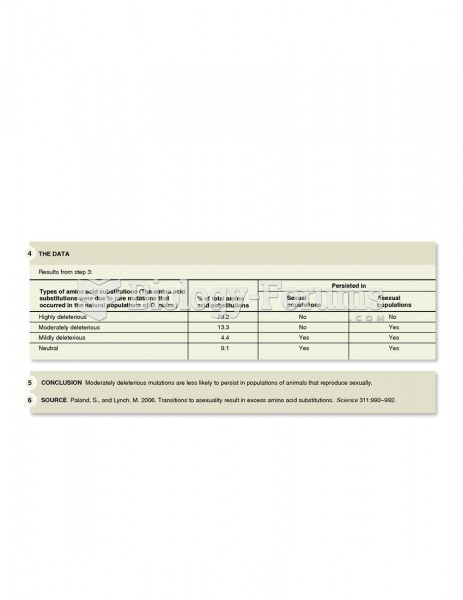matching
a. Define a specific level of performance and the only thing of importance is the individual's performance, regardless of where that performance might stand in comparison with other individuals.
b. The proportion of test takers who got the item correct.
c. Used to measure knowledge of a specific area, usually when learning is the outcome that is being measured.
d. A method of measuring attitudes using summated ratings.
e. Presents the respondent with an ambiguous stimulus and as the person to formulate a response.
f. A method of measuring attitudes, using a method of equal-appearing intervals which produces nearly interval levels of measurement.
g. Assesses stable individual behavior patterns.
h. A set of structured and focused questions.
i. Designed for a specific purpose and limited in application to a small number of people.
j. The proportion of test takers in the upper group who got the item correct minus the proportion of test takers in the lower group who got the item correct.
k. Assess an individual's feelings about an object, person, or event.
l. In this technique, all of the behavior of the target subject is recorded, with little concern as to the specificity of its content.
m. The researcher uses a device to keep track of time and measures the length of time that a behavior occurs.
n. Generates two indicesdifficulty level and discrimination levelthat help analyze a test item's effectiveness.
o. Also called options; the possible responses to a multiple-choice test item.
p. A personality test that uses a format such as true-false or multiple choice to agree or disagree with an item that describes people's feelings toward themselves.
q. Also known as time sampling, in this technique a subject is observed during a particular interval of time.
r. The researcher charts the incidence or frequency of the occurrence of a particular behavior.
s. Multiple-choice test responses that are incorrect.
t. Part of a multiple-choice question that has the purpose of setting the question or posing the problem.
u. Allow the researcher to compare an individual's test performance to the test performance of other individuals.
v. Usually produced by commercial publishers, have broad application across a variety of different settings, and come with a standard set of instructions and scoring procedures.
1. Achievement tests
2. Standardized tests
3. Researcher/Teacher-made tests
4. Norm-referenced tests
5. Criterion-referenced tests
6. Stem
7. Alternatives
8. Distracters
9. Item analysis
10. Difficulty index
11. Discrimination index
12. Attitude tests
13. Thurstone scale
14. Likert scale
15. Personality test
16. Projective test
17. Structured test
18. Duration recording
19. Frequency recording
20. Interval recording
21. Continuous recording
22. Questionnaire
Question 2
The following are advantages to between subjects designs: no attrition, reduced fatigue, and multiple dependent measures.
Indicate whether the statement is true or false
 Paland and Lynch demonstrated the importance of sexual reproduction in reducing the frequency of mal
Paland and Lynch demonstrated the importance of sexual reproduction in reducing the frequency of mal
 Urinometer. In this procedure, a urine sample and urinometer are placed within a tube, and the liqui
Urinometer. In this procedure, a urine sample and urinometer are placed within a tube, and the liqui





